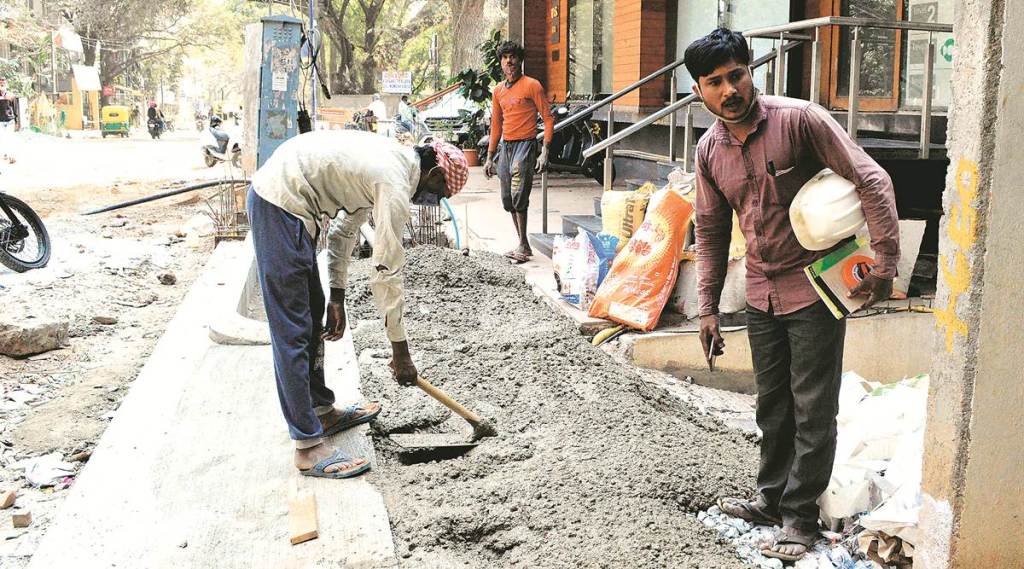Undaunted by a yawning budget deficit, finance minister Nirmala Sitharaman has given an explicit thrust to budgetary capex and sought to put in place new institutional structures to facilitate stable long-term debt finance for infrastructure projects of assorted variety.
Operational public infrastructure assets, where the risk is already borne by the state, will be monetised systematically, to increase the governments’ own fiscal heft to fund infrastructure. The assets to be up for grabs will include prime land parcels, highway stretches, power transmission networks, freight corridors, airports, ports, gas pipelines, warehousing facilities and even sports stadiums. The proceeds are meant for productive re-investments in infrastructure.
The minister announced creation of a new development financial institution (DFI), with `20,000 crore initial capital base and higher risk-tolerance than banks or even state-run, sector-specific lenders like PFC-REC or IRFC. The proposed DFI will aspire to have a lending portfolio of “at least `5 lakh crore in three years”. It will work under a framework where private corporate funds and even global patient capital will find viability in India’s infrastructure projects. The idea is to address the issue of asset-liability mismatches faced by banks as they lend to long-gestation projects and lure the elusive private investor. The DFI will be distinctly different from the existing four — Nabard, NHB, Sidbi, and EXIM Bank — or even the IIFCL. It will provide not just incremental last-mile finance and refinance, but will be the key anchor of the projects being financed.
Despite the sharp fall in revenue — gross tax receipts in FY21 are seen down `5.2 lakh crore or 22% from the Budget Estimate (BE) — and unusually enlarged fiscal deficit (9.5% of GDP or 2.7 times the BE in FY21 and 6.8% in FY22), Budget capex in the current fiscal is revised to `4.39 lakh crore from `4.12 lakh crore (BE). The outlay for FY22 is, again, an impressive `5.54 lakh crore, up 65% from the FY20 level.
However, overall public capital expenditures, including those financed by internal resources of CPSEs and extra budgetary resources, are seen at the same level as the BE in the RE for FY21 (`10.85 lakh crore) and only marginally higher (`11.37 lakh crore) in FY22. Also, since tax transfers to states are heavily impacted by the dip in collections and the states’ declining share in gross receipts, their capex plans could be adversely impacted.
While monetisation of public assets, including prime lands with CPSEs, and other undertakings like the defence establishments, major ports, and the railways, have been talked about for a while, the progress has been tardy. The National Highways Authority of India has managed to leverage some of its operational highway stretches to raise a few thousand crores. Unlocking of the huge capital locked in such assets could now be more efficient, with the minister announcing a ‘National Monetisation Pipeline’ of potential brownfield infrastructure assets.
Debt financing of infrastructure investment trusts and real estate investment trusts will be facilitated, augmenting capital availability for infrastructure and real estate sectors. Eligible infrastructure debt funds can issue tax-efficient zero coupon bonds, so that larger pool of household savings could be tapped for the upcoming projects.


